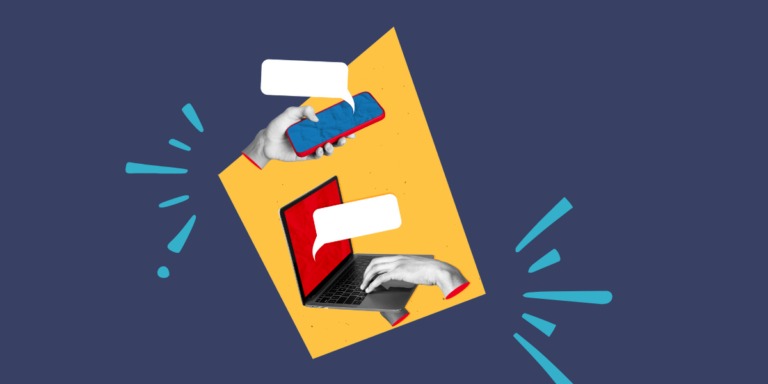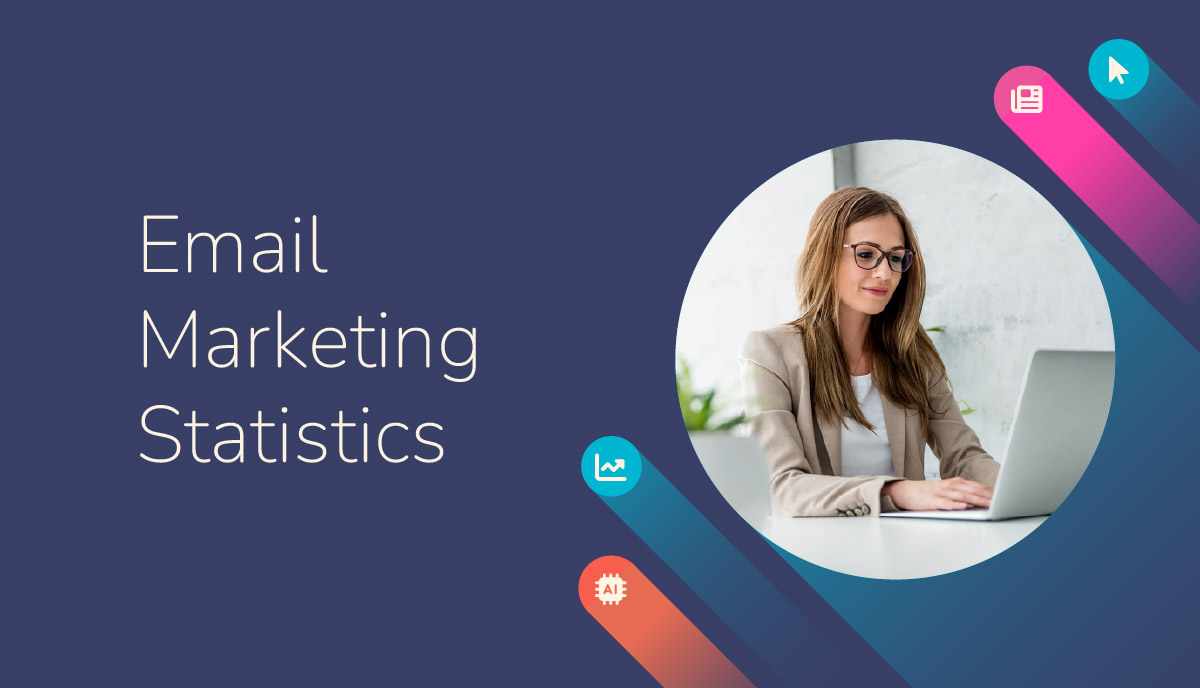8 ways to generate more leads from your webinars

More than 75% of B2B marketers say that hosting webinars allows them to reach and engage new leads.
But anyone who has hosted a webinar knows that some can fall a little flat, with few attendees, little interaction, and nothing to show at the end of it all.
And others seem like a dream – loads of registrations, active viewers, and loads of high-quality leads to show for it.
So here are eight ways to make sure your webinars deliver more leads.
Give yourself time to prepare
A last-minute, ‘just get it out there and people will attend’ webinar is doomed to fail.
Picking a topic that is current and relevant is great. But a poorly planned webinar won’t capitalise on a trend, and will instead look amateur.
- You need time to assess the needs of your audience and tailor your webinar.
- Your webinar should be the centrepiece of a coordinated campaign
- It takes time to refine the content and the collateral.
- Invites should start being sent out weeks in advance.
- Follow-up reminders will increase attendance.
Practice makes perfect
Plan to hold a dress rehearsal before the big day, where everyone who will be involved can familiarise themselves with the material, running order and any tech you are using.
During this run-through, identify who will be on hand to resolve any technical issues on the big day itself – so that the presenters can simply keep presenting.
If you are holding a Qand A, you may want a team who can dig out the stats and answers so the presenters don’t have to look for it themselves.
Tell stories
Case studies and real-life examples help to engage your audience and prevent everything from becoming too abstract.
Make sure that you craft the stories you tell: keep the listener hooked and make sure your story packs a real punch at its close.
Every good story has a beginning, middle and end. For a case study, outline the problem, the solution and the results.
You might also want to build suspense. Keep your audience guessing what the successful solution to the problem will be. Or you can use dramatic pauses… without coming over all am-dram, emphasise the points where the business is in trouble and can’t find a solution.
Keep your brand at bay
This is not a sales meeting.
Your initial goal is to explain how a solution may look and how it will work without mentioning your brand, its products or services.
Instead, you describe a solution and then go immediately on to share the positive outcomes of this.
And then, once you’ve added value, you can move on to discuss your brand.
Keep things interactive and involved
You are unlikely to keep your audience very engaged if you are just reading your slide deck word for word.
Try to include questions or other interactive elements to involve your audience and gain insight into their needs, goals, and pain points.
Here are some other useful engagement tips:
- Keep the text on slides to a minimum and use strong imagery or graphs.
- Tell attendees you are going to send your slides to them after the webinar, and do it shortly after it ends.
- Practice so you can confidently present conversationally.
- Mix your speakers to maintain variety.
Optimise your registration page
Spend time working on the registration page so it focuses on pain points and promises solutions.
You can use a templated registration page, so you can speed up the process and test and optimise elements and calls to action over time.
- Say as much as you can in as few words as possible by using bullet points.
- Limit the fields on your registration form – to just name, company, and email address – you can always further qualify your lead at a later date.
Send reminder emails
Registration is not a promise of attendance. It is quite usual to register for an event and – no matter how interested you were at the time – later forget about it.
Send reminder emails a week before the webinar, a day before and a few hours before. Make sure you include calendar files so the event can be diarised.
Don’t forget to send emails to those who you contacted but didn’t register – often a second nudge is all it takes.
Follow up
A blanket follow up will get you nowhere.
Segment your contact list and follow up in at least three ways:
- To attendees
Thank them for showing up, include your slide deck and direct them to more useful content and invite them to personally speak.
- To attendees whose questions were unanswered
These will need a personal mail with an apology and a brief answer. Include the slide deck and also show them where they can find more content that may help. Invite them to arrange a time to speak with you if they still have questions. - To non-registrants and no-shows
Include a recording of the live webinar and the slide deck. Invite them to contact you if they have any questions.
Who’s afraid of the big bad webinar?
A final note on presenting. Many people will be nervous speaking in front of an audience. As Jerry Jerry Seinfeld once observed:
“According to most studies, people’s number one fear is public speaking but number two is death.
Death is number two? So to the average person, if you go to a funeral, you’re better off in the casket than doing the eulogy.”
By following the above guide, your webinar could generate more leads, but you should also feel better prepared for it.
You’ve picked a great topic, prepared great collateral and practised how to deliver it. You delay mentioning your brand and make the talk interactive, so your audience is active and engaged.
All of this should help you feel more prepared and relaxed, and as your audience respond well, it feeds into your confidence. And all of that combined should result in more leads from your webinar!
Read our ultimate guide to B2B lead generation for more information and insights into prospecting from an award-winning B2B lead generation agency.







Share